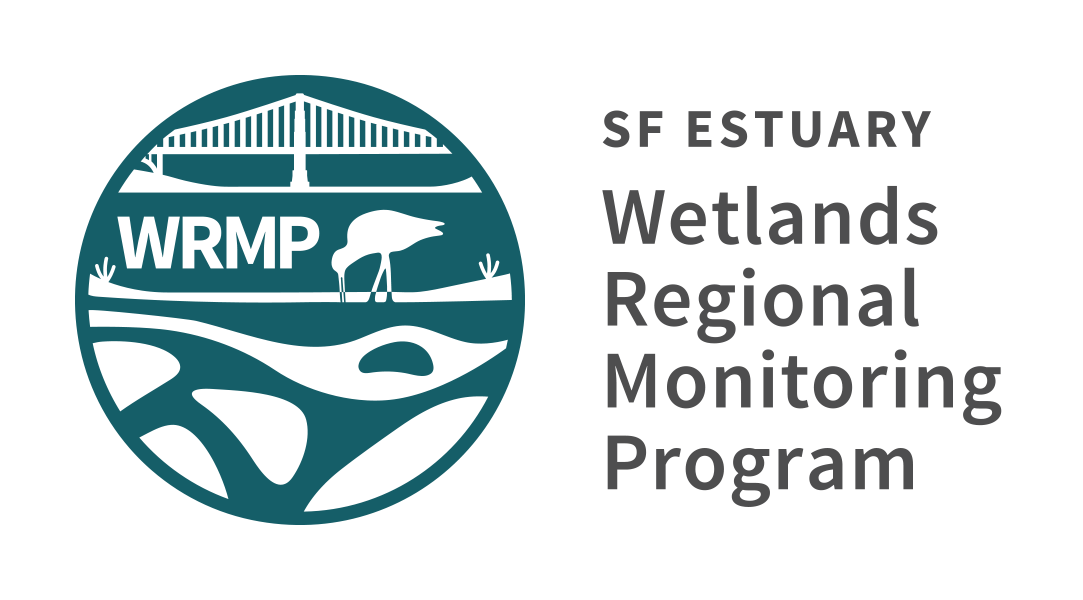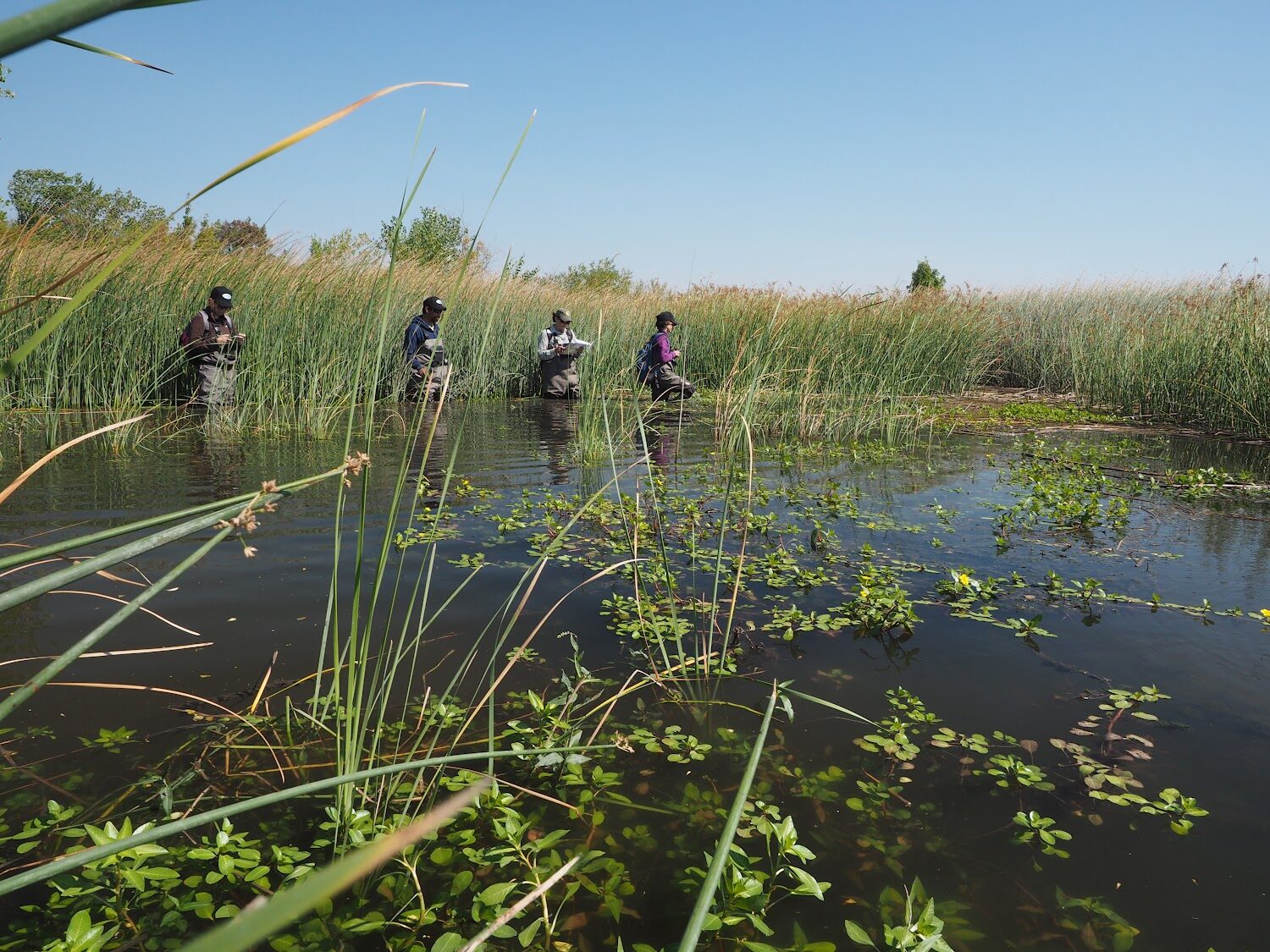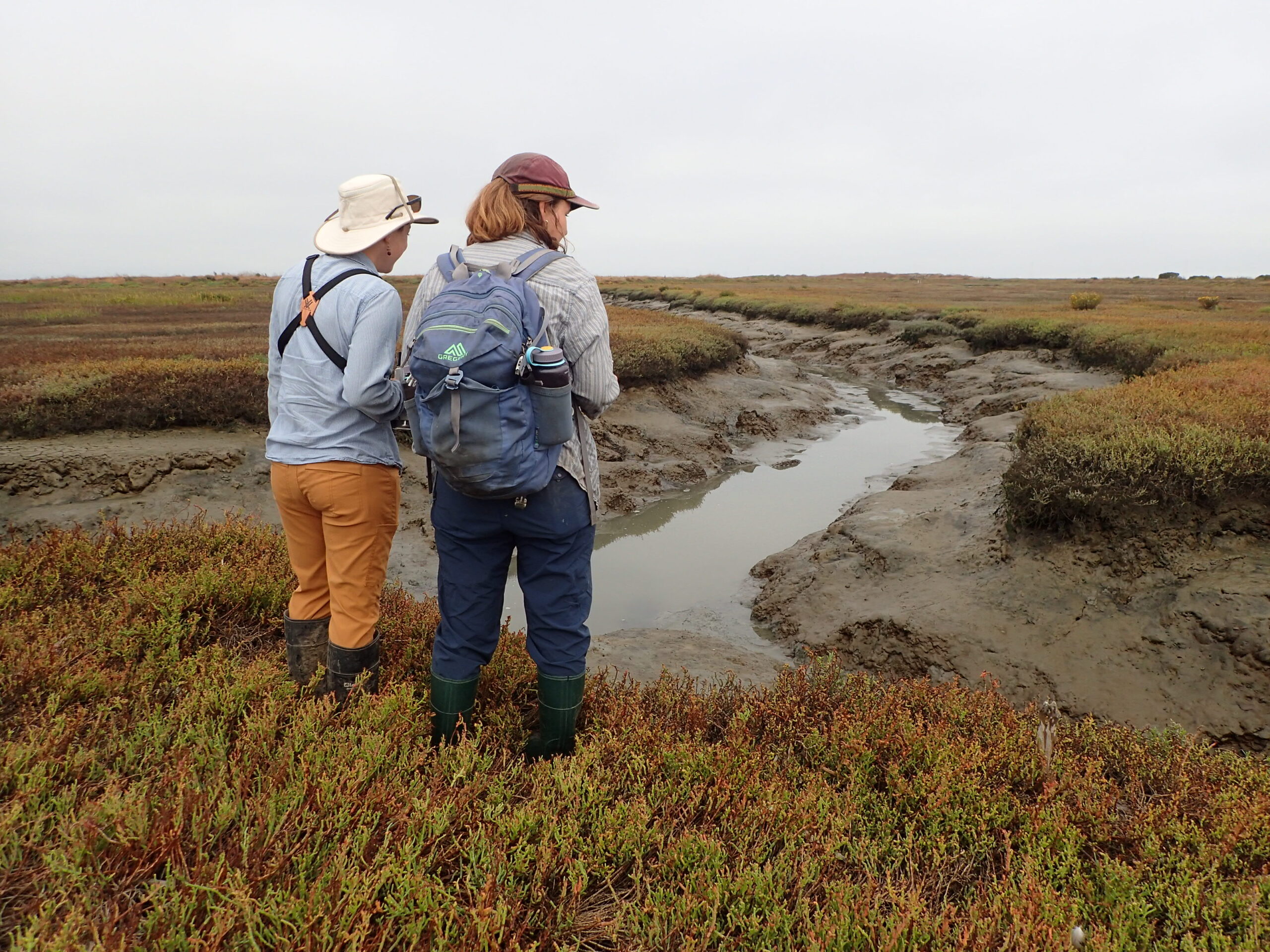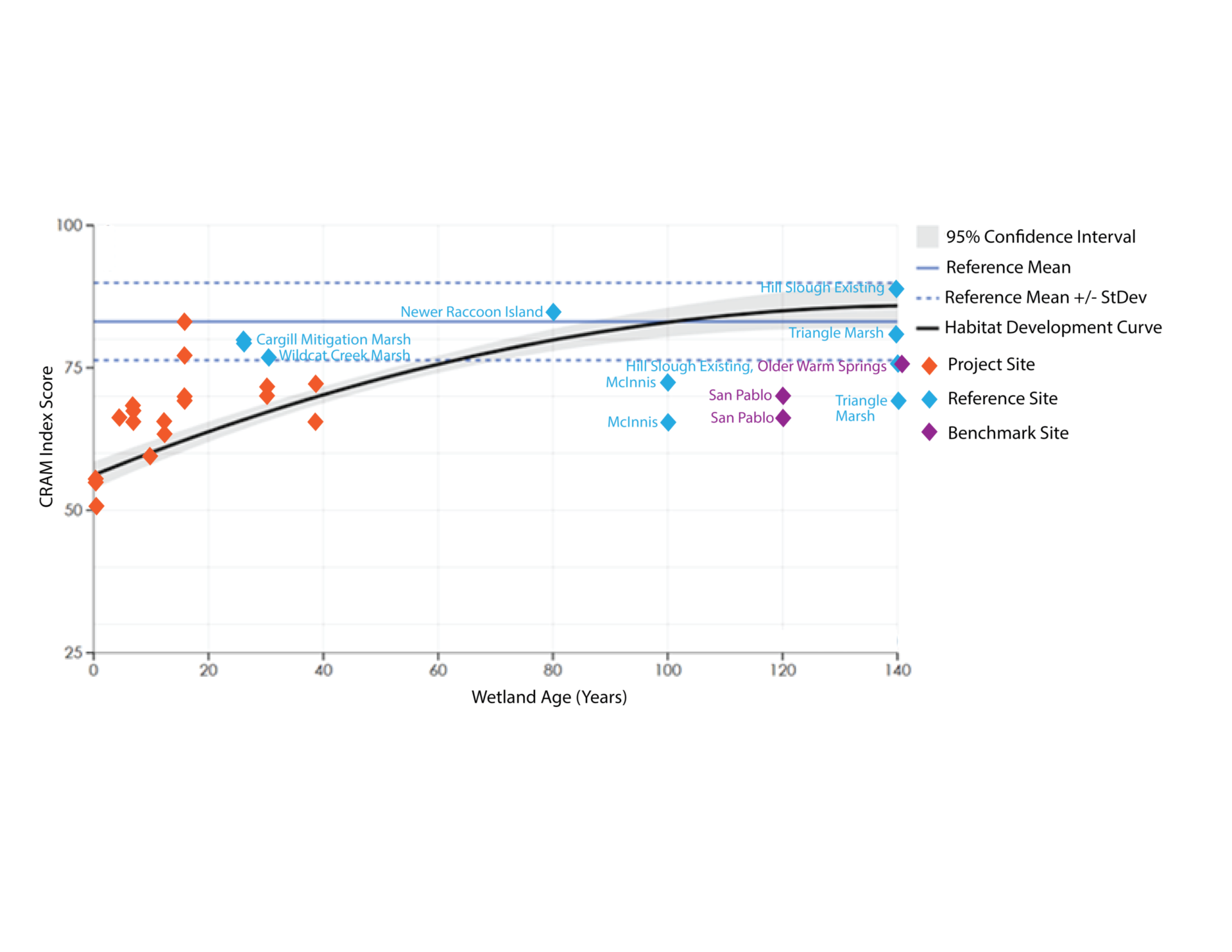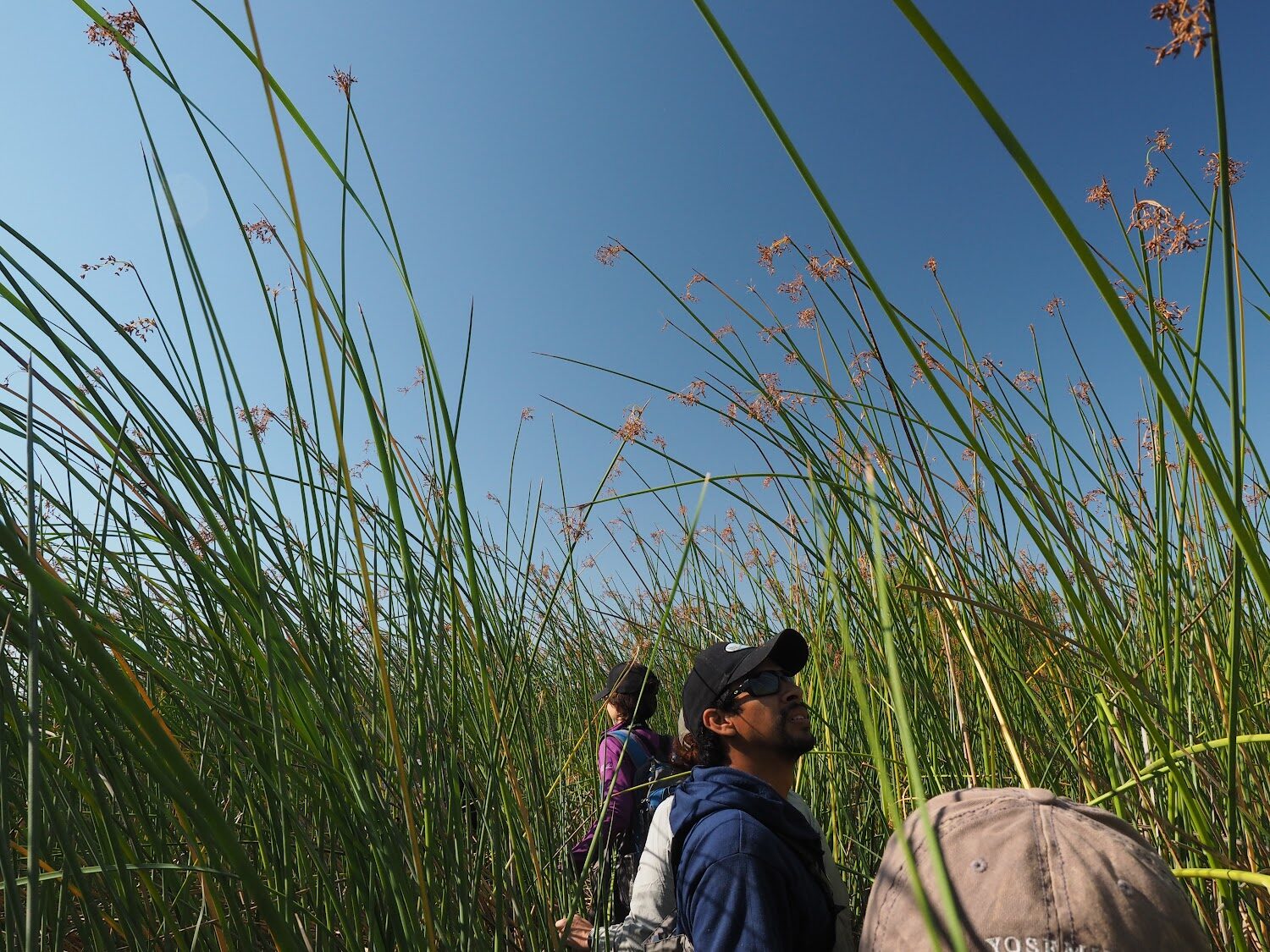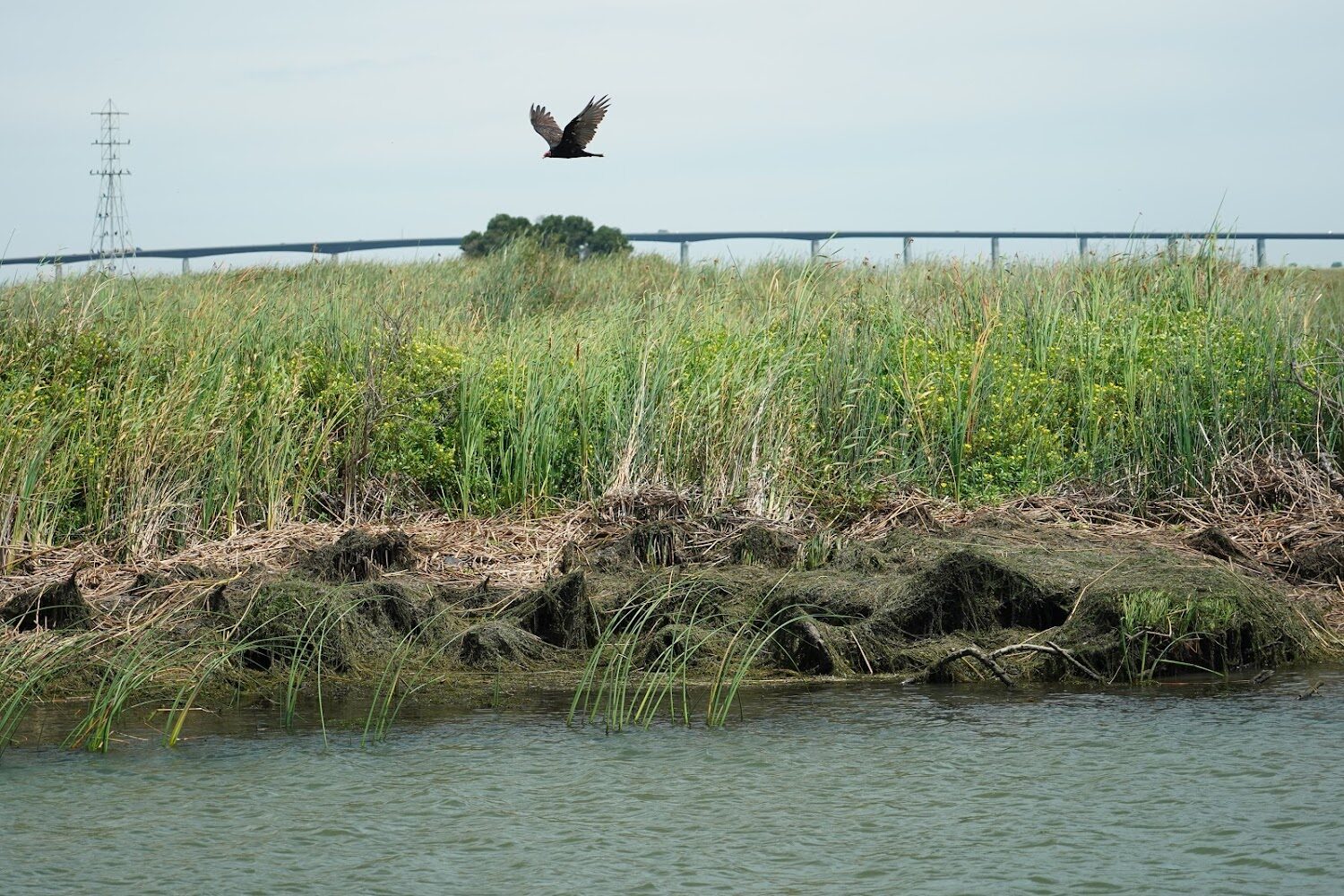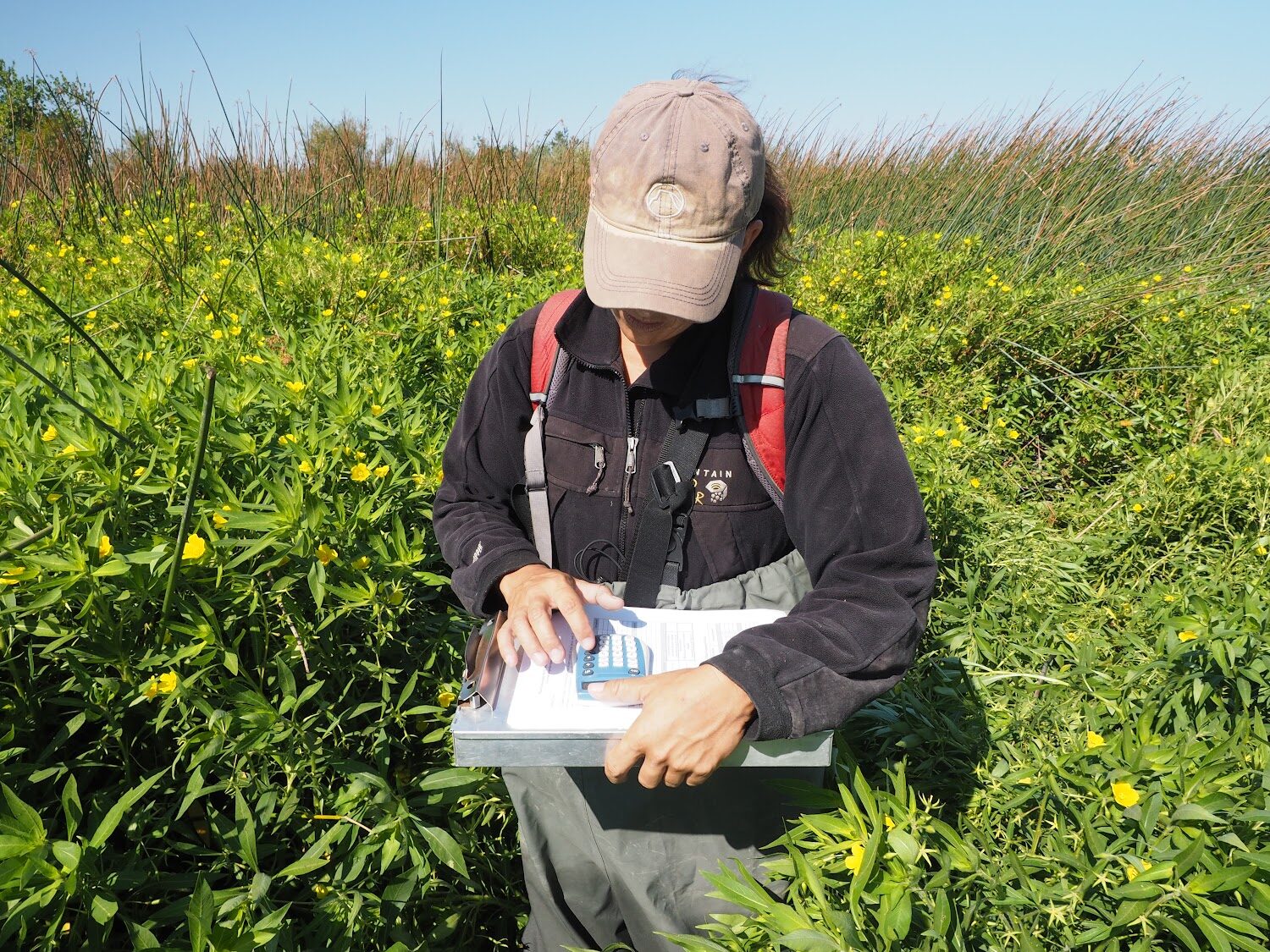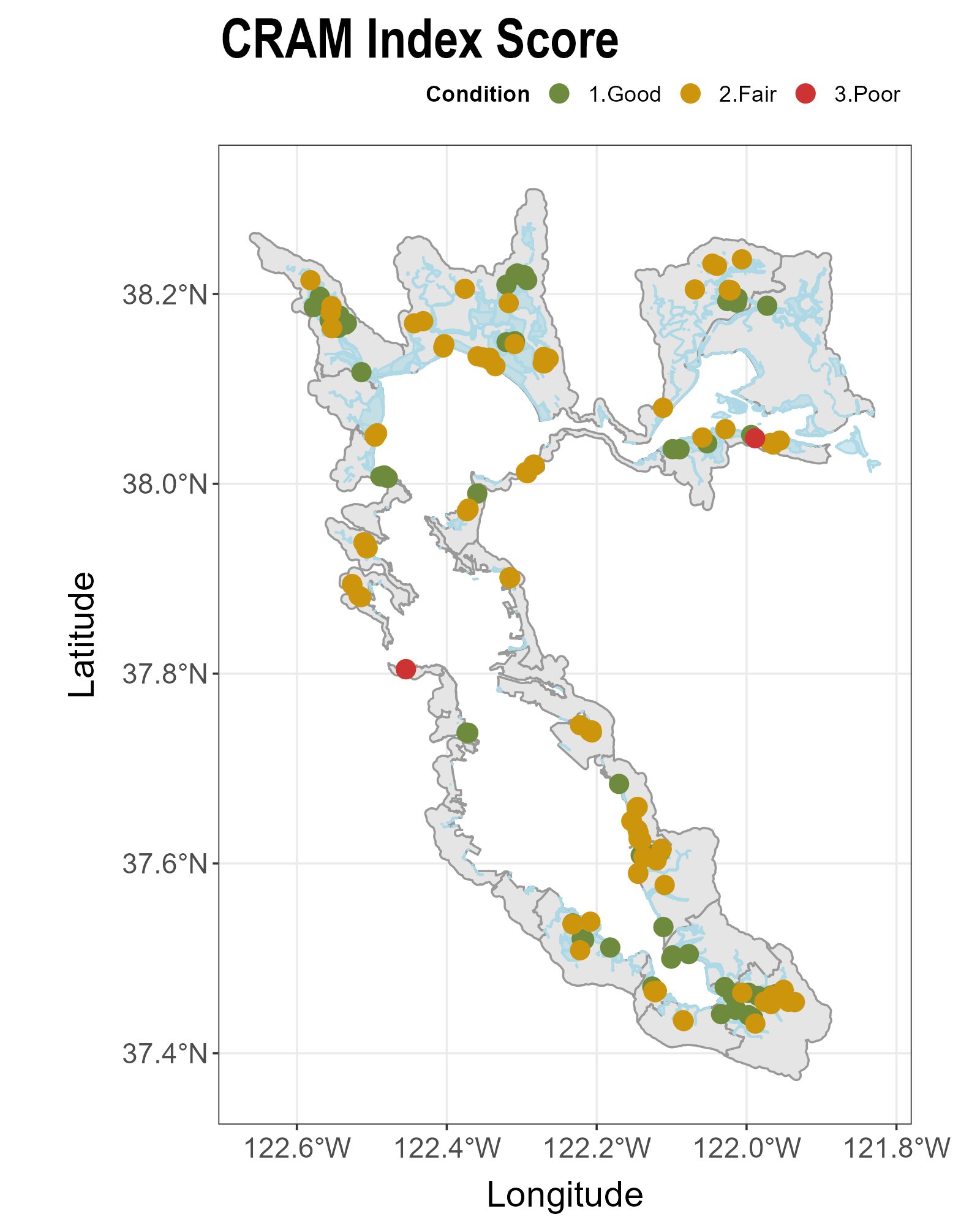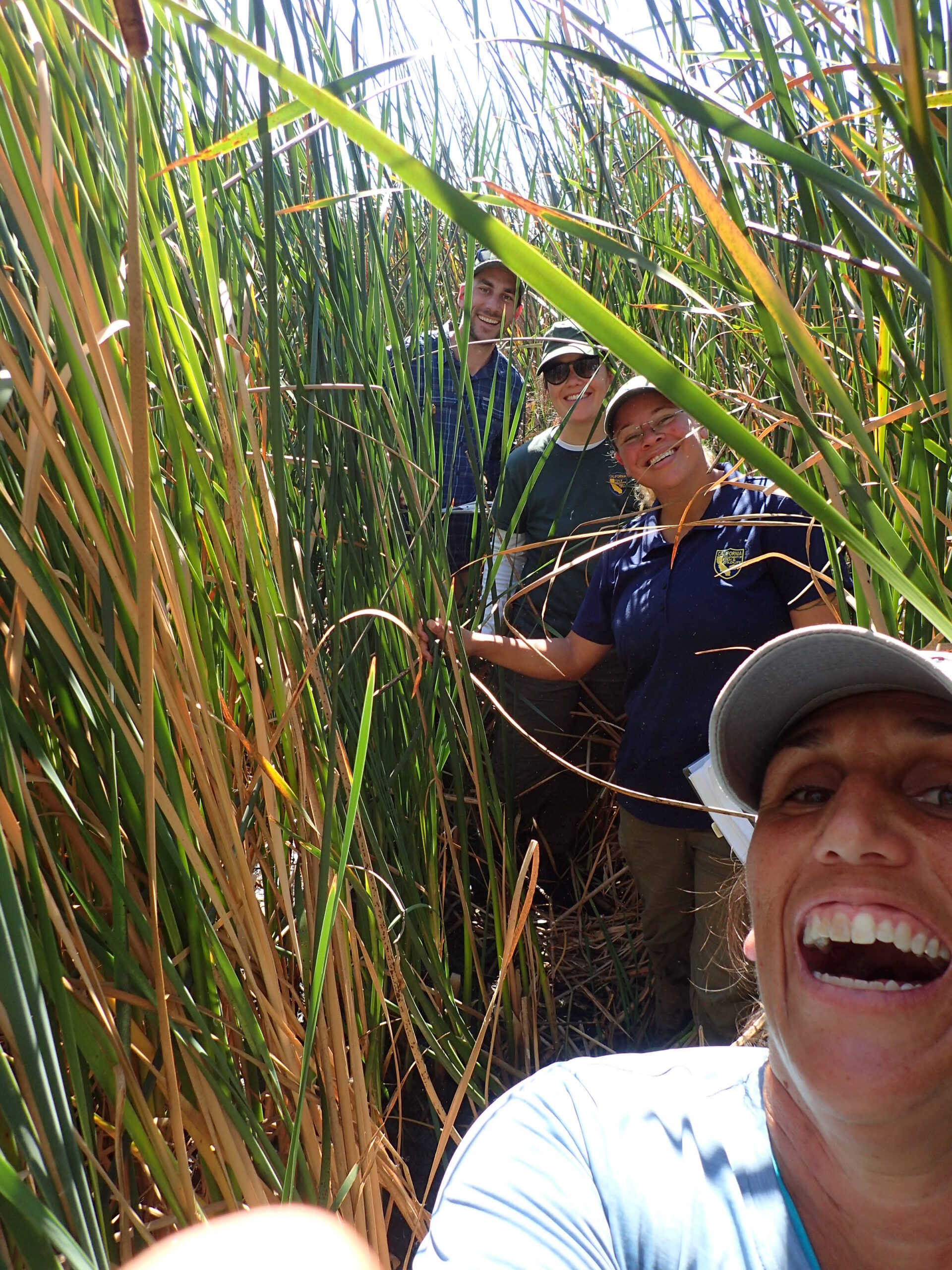Monitoring Results
A wetland’s condition comprises its biological, physical, and chemical health. California Rapid Assessment Method (CRAM) provides a cost-effective snapshot of habitat condition, capturing wetland changes over time and factors driving them in a method that can inform restoration project design.
CRAM is a valuable, cost effective assessment tool for monitoring the health of tidal wetlands. CRAM provides information about the condition of a wetland and the stressors that affect it that can be applied at different scales: site, region, Estuary-wide. It can be used to develop a picture of healthy conditions for a particular wetland type or to create a landscape-level score of the conditions of wetlands within a region of interest.
CRAM has been conducted for multiple WRMP Priority Network Sites, and the WRMP aims to continue conducting CRAM throughout the Estuary, focusing on areas with assessment gaps, to track progress towards 100,000 acres of healthy tidal wetlands.
Challenge & Response
Restoring and preserving tidal wetlands is important, and it is also important that these wetlands are healthy and functioning, a measure of “condition.” Key obstacles to developing information about California wetland conditions are (CWMW, 2012):
-
- lack of regional or statewide wetland inventories;
- high costs of conventional assessment methods;
- lack of an information management system to support regional wetland assessments.
CRAM was developed by local, state, and federal authorities as a tool to improve wetland monitoring using the EPA’s three-level monitoring approach. CRAM consists of the rapid assessment of wetland conditions using the broadest suite of ecological and social services and beneficial uses by scoring landscape context, hydrology, complexity in physical structure, and plant communities. This allows for systematic comparisons across sites and also within the same site over time. The CRAM website provides information on CRAM such as field manuals and the database.
California Wetlands Monitoring Workgroup (CWMW). 2012. California Rapid Assessment Method (CRAM) for Wetlands and Riparian Areas, Version 6.0 pp. 95
Science Framework
CRAM is an integral part of the WRMP Science Framework, addressing the condition of wetlands across the Estuary in a way that can track change in condition over time.
- What new information do we need to better understand regional lessons from tidal marsh restoration projects, advance tidal marsh science, and ensure the continued success of restoration projects?
Key Metrics & Figures
The WRMP is tracking wetland conditions in the Estuary through quantitative metrics derived from CRAM surveys. The overall CRAM score, which measures overall ecological condition, takes into account sub-scores for surrounding habitat, hydrology, physical structure of the wetland, and the types of plants and animals present.
Looking for local data and information?
Metrics describe how the WRMP conducts science to better understand and monitor the Estuary’s tidal wetlands, like water quality, fish habitat, wetland condition, and benefits to humans. Explore all the WRMP’s metrics, which aim to guide wetland management and restoration.
How We Monitor
Two or more trained practitioners use CRAM to assess the overall health of a wetland by choosing condition scores from a set of descriptions that match the conditions observed in the field.
1
- Implement a cost-effective and scientifically defensible monitoring method that provides a snapshot of habitat condition.
- Capture wetland condition change over time.
- Identify factors driving changes in tidal wetland evolution to inform restoration project design.
2
- Information on biological and physical characteristics that support fish and wildlife.
- Data on the size and location relative to other wetlands to understand habitat connectivity.
- Key metrics of hydrology, such as the water source, hydroperiod and connectivity to surrounding areas.
3
- Tidal wetlands throughout the Estuary, with an initial focus on Priority Monitoring Networks.
- Benchmark, Reference, and Project tidal wetland sites.
- Across a random sample of tidal wetlands across the Estuary to characterize overall wetland condition.
Fieldwork for WRMP CRAM assessments started in 2024. The goal was to gain additional spatial coverage of wetland condition data using CRAM across the WRMP Priority Site Network, targeting twenty-one Priority Network Sites where no CRAM data existed. By the end of the 2024 field season, a total of 33 new CRAM assessments were completed at 18 Priority Network Sites, representing a 45% increase in the total number of CRAM assessments within the Priority Network. For these 33 new assessments, CRAM scores indicated wetland sites in both fair and good condition. Notably, every newly-restored wetland that was assessed was in fair condition, which is to be expected; these projects have all been completed recently, and it is known that tidal marsh habitat takes time to mature and improve in condition. These 2024 assessments will allow for tracking changes in condition through time. Nine of the 33 assessments were in good condition, all of which were in Benchmark (historic marsh) and Reference (well-established restoration) Sites. More CRAM assessments will be completed in 2025, aiming to continue to fill in the spatial gaps where no CRAM data exists.
CRAM fieldwork begins weeks in advance, ensuring access from land managers and planning the day around the tide schedule. On the field day, two CRAM-trained practitioners head out to the field with field manuals, datasheets, knee boots, camera, and plenty of water. The assessment location is chosen to be representative of the marsh, which can be far from the closest levee or road, so expert-level aerial photograph interpretation, with GPS, are used to navigate to the site. At the assessment area, the practitioners carefully walk the marsh, making observations about physical features (e.g., channels, pannes, logs, levees and transition zones), about the plant community (e.g., species, height classes, distribution patterns, density) and about the surrounding landscape. The practitioners answer several questions about all aspects of the marsh, with each resulting in a score representing the health (or condition) for that aspect. After observations and scoring are complete, the practitioners determine attribute-level and overall-level condition scores for the assessment area.
